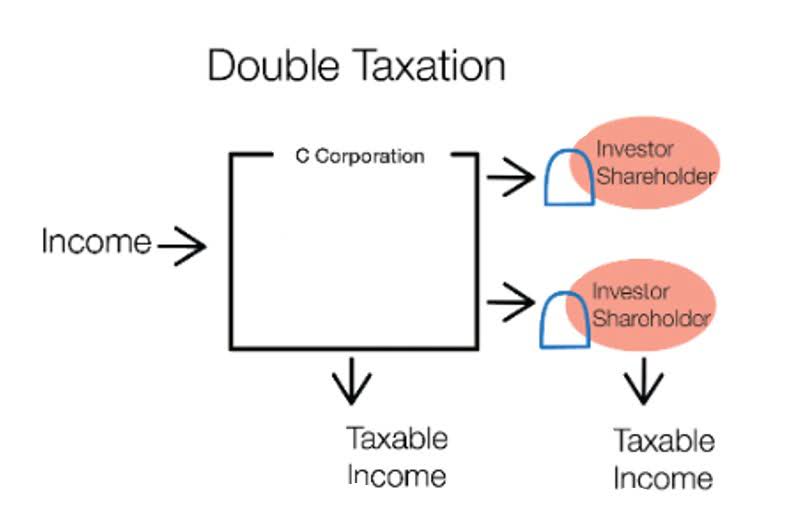
It is strictly disallowed to use this software as a tool to facilitate cheating of any kind whatsoever on materials including but not limited to homework, quizzes, tests, exams, and alike. Please make sure you review answers to make sure they’re correct before using them to study. Stockholders’ equity arises primarily from amounts invested by shareholders and amounts ______.
FAR CPA Practice Questions: Determining the Amount and Timing of Revenue
Undistributed profit, often referred to as retained earnings or retained profit, represents the portion of a company’s net income that online bookkeeping is not paid out to shareholders in the form of dividends. This financial strategy allows companies to fund growth, repay debt, invest in research and development, and weather economic downturns. These purposes could include reinvestment in business operations, debt repayment, or saving for future opportunities and contingencies. Essentially, undistributed profits are profits that remain in the company’s coffers after it has met all its financial obligations, including the payment of dividends. While surplus reserve and undistributed profit both represent portions of a company’s profits that are not distributed to shareholders as dividends, they have distinct attributes that set them apart. Surplus reserve and undistributed profit are both financial terms used to describe funds that a company has set aside for future use.
Comparing Surplus Reserve and Undistributed Profit

One key attribute of surplus reserve is that it is a voluntary action taken by the company’s management. When a recession hits and consumer spending decreases, the company faces a drop in revenue. However, it can rely on its undistributed profit to cover operating costs, retain skilled employees, and keep the business afloat until economic conditions improve.
Undivided Profit: What It is, How It Works, Example

Undistributed profit is an important source of capital for companies, as it provides a pool of funds that can be used to support the company’s operations and growth initiatives. By retaining a portion of its profits as undistributed profit, a company can strengthen its financial position and improve its ability to weather economic downturns or other challenges. Dividend distributions signal strong financial strength within the company while retained earnings can be used to further future growth. The desired strategy may undistributed profits that have accumulated in the company over time are called depend on the amount of profit generated and the potential for value-maximizing projects.
- However, it can rely on its undistributed profit to cover operating costs, retain skilled employees, and keep the business afloat until economic conditions improve.
- It can reinvest this money into the business for expansion, operating expenses, research and development, acquisitions, launching new products, and more.
- A general reserve is created to meet future contingencies or for general business purposes, and a specific reserve is created for a specific purpose, such as dividends or bonuses.
- Unlike dividends, which are typically paid out to shareholders on a regular basis, surplus reserve is a strategic decision made by the company to retain a portion of its profits for future use.
- These retained earnings are not distributed as dividends but are kept within the company for various financial purposes.
- The idea was to strengthen the company’s core to serve its customers and shareholders better.
FAR CPA Practice Questions: Accounting Changes and Error Corrections
This can make a business more appealing to investors who are seeking long-term value and a return on their investment. When a company generates net income, it is typically recorded as a credit to the retained earnings account, increasing the Bookstime balance. In contrast, when a company suffers a net loss or pays dividends, the retained earnings account is debited, reducing the balance. It’s important to note that retained earnings are cumulative, meaning the ending retained earnings balance for one accounting period becomes the beginning retained earnings balance for the next period. Revenue, net profit, and retained earnings are terms frequently used on a company’s balance sheet, but it’s important to understand their differences. When a company pays dividends to its shareholders, it reduces its retained earnings by the amount of dividends paid.

What Does It Mean for a Company to Have High Retained Earnings?

Now that we understand the basics and types of revenue reserve accounting, let us apply the theoretical knowledge to practical application through the examples below. Retained earnings, on the other hand, refer to the portion of a company’s net profit that hasn’t been paid out to its shareholders as dividends. When a company consistently experiences net losses, those losses deplete its retained earnings. Prolonged periods of declining sales, increased expenses, or unsuccessful business ventures can lead to negative retained earnings.

